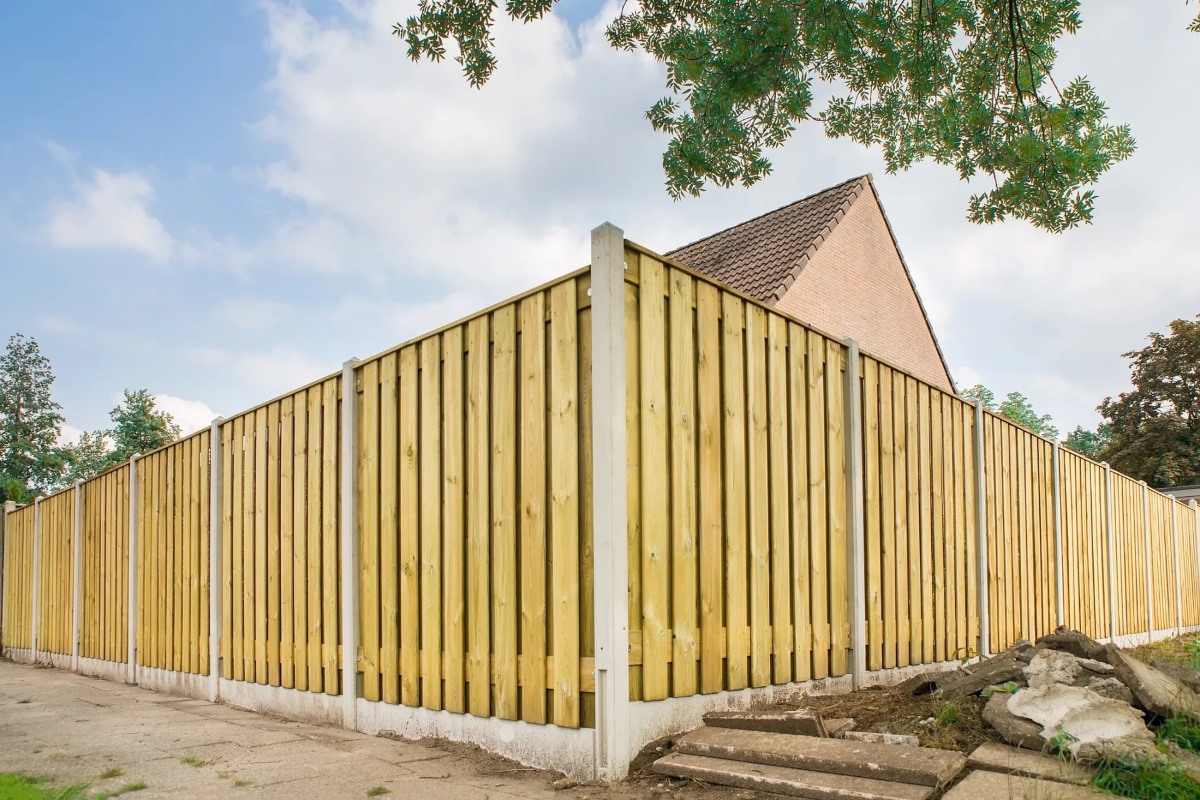

Articles
What Is Shadow Box Fence
Modified: February 23, 2024
Discover the benefits and installation process of shadow box fences with our informative articles. Learn how to enhance your outdoor space with this stylish and functional fencing option.
(Many of the links in this article redirect to a specific reviewed product. Your purchase of these products through affiliate links helps to generate commission for Storables.com, at no extra cost. Learn more)
Introduction
A shadow box fence is a type of fence design that offers both practicality and aesthetic appeal. Often referred to as a “good neighbor” fence, it is constructed with alternating panels on either side of the fence rails, creating a visually appealing pattern of overlapping boards. This design not only adds a touch of elegance to your property but also provides privacy and security.
The unique construction of a shadow box fence allows air and light to pass through while still maintaining a solid barrier. This makes it an ideal choice for both residential and commercial properties, providing an attractive boundary without completely blocking the view. The alternating panel design also lends itself well to areas with windy conditions, as it allows air to pass through, reducing the risk of damage to the fence.
One of the main advantages of a shadow box fence is its versatility. Whether you are looking to enclose your backyard, secure your pool area, or define your property lines, a shadow box fence can meet your needs. It not only provides privacy but also adds an element of style that can complement any architectural design or landscape. The alternating panels create a visually interesting pattern that stands out among more traditional fence styles.
In addition to its aesthetic appeal, a shadow box fence offers several practical benefits. It provides a level of security by acting as a barrier between your property and the outside world. The overlapping panels make it difficult for intruders to climb over, helping to deter trespassers and enhance the safety of your home or business. The fence also helps to reduce noise, offering a degree of tranquility within your property.
Furthermore, a shadow box fence is a popular choice for those who value durability. The design allows for better airflow, reducing the chances of the fence succumbing to rot or insect damage. The overlapping panels also offer some protection from wind and weather elements, helping to prolong the lifespan of the fence. With minimal maintenance, a shadow box fence can withstand the test of time and continue to enhance your property for years to come.
Now that we understand the basics of what a shadow box fence is and the benefits it offers, let’s delve deeper into the materials needed to build one and the step-by-step process of constructing this beautiful and functional fence.
Key Takeaways:
- Shadow box fences offer a perfect blend of privacy, security, and aesthetics with their unique overlapping panel design, making them a versatile and visually appealing option for any property.
- When compared to other fence styles, shadow box fences stand out by providing a balance between openness and seclusion, making them an excellent choice for enhancing outdoor spaces.
Read more: How To Build Shadow Box Fence
Definition of a Shadow Box Fence
A shadow box fence is a type of fence design that consists of overlapping vertical boards, creating alternating panels on both sides of the fence rails. This results in a fence that looks the same from both sides, often referred to as a “good neighbor” fence. The name “shadow box” comes from the shadow-like effect created by the overlapping panels.
The panels on a shadow box fence are typically made from wood, although other materials such as vinyl or composite may also be used. These panels are set between posts and attached to horizontal rails that provide stability and support. The overlapping arrangement of the panels allows air and light to pass through while still maintaining privacy and security.
One of the defining characteristics of a shadow box fence is its unique design. Unlike traditional solid privacy fences that consist of a single panel on each side of the fence, a shadow box fence has two overlapping panels. This double-sided design creates an attractive pattern of alternating boards that adds visual interest and depth to the fence.
A shadow box fence offers several advantages over other fence styles. Firstly, it provides a level of privacy. While not completely solid, the overlapping panels create enough opacity to prevent outsiders from having a clear view of your property. This makes it an ideal choice for residential areas where privacy is a priority.
In addition to privacy, a shadow box fence also offers improved ventilation. The overlapping design allows air to pass through the fence, reducing the risk of damage from strong winds. This makes it a suitable option for areas prone to windy conditions, as it minimizes the chances of the fence being knocked over or damaged.
Furthermore, the alternating panel design of a shadow box fence is visually appealing and can complement a variety of architectural styles and landscapes. It adds depth and texture to the fence, creating a more aesthetically pleasing look compared to a plain solid fence. This makes the shadow box fence a popular choice for those who want both functionality and visual appeal.
Overall, a shadow box fence is a versatile and attractive option for those seeking privacy, security, and style. Its unique construction allows for air and light to pass through while still providing a degree of opacity. Whether you are looking to enclose your backyard, secure your pool area, or simply define your property lines, a shadow box fence can meet your needs while enhancing the overall look of your property.
Benefits of a Shadow Box Fence
A shadow box fence offers numerous benefits that make it an attractive choice for homeowners and commercial property owners alike. From privacy and security to durability and aesthetics, this fence style has a lot to offer. Let’s explore some of the key benefits of a shadow box fence below:
- Privacy: One of the main advantages of a shadow box fence is its ability to provide privacy. The overlapping panels create a visually appealing pattern while still maintaining a certain degree of opacity. This makes it difficult for passersby to see through the fence, giving you peace of mind and allowing you to enjoy your outdoor space without feeling exposed.
- Security: Along with privacy, a shadow box fence also offers improved security. The overlapping panels make it challenging for intruders to gain access to your property. It acts as a physical barrier that deters trespassers and enhances the safety of your home or business. This added layer of security can give you a sense of protection and peace of mind.
- Enhanced Ventilation: Unlike solid fences, a shadow box fence allows air to circulate through the overlapping panels. This improved ventilation is particularly beneficial in areas with strong winds. The airflow helps to reduce the risk of the fence being damaged or toppled during extreme weather conditions.
- Aesthetically Pleasing: The unique design of a shadow box fence adds a touch of elegance and sophistication to your property. The alternating panels create an attractive pattern that stands out compared to traditional fence styles. Whether you choose a wood, vinyl, or composite material, a shadow box fence can enhance the overall look of your outdoor space and complement your property’s architectural style.
- Durability: A well-built shadow box fence can withstand the test of time. The overlapping panels provide better airflow, reducing the chances of mold, rot, or insect damage. This makes it a more durable option compared to solid fences. With regular maintenance and periodic treatments, your shadow box fence can maintain its structural integrity and continue to enhance your property’s aesthetics for years to come.
- Good Neighbor Fence: Due to its symmetrical design, a shadow box fence is often referred to as a “good neighbor” fence. Both sides of the fence look the same, avoiding any potential disputes with your neighbors about who has the more attractive side of the fence. This makes it a considerate choice for shared property lines and encourages positive relationships with neighbors.
Whether you prioritize privacy, security, aesthetics, or a combination of these factors, a shadow box fence is a versatile and practical option. It offers a range of advantages that can enhance the value, functionality, and overall appeal of your property. Consider installing a shadow box fence to enjoy the benefits it brings to your outdoor space.
Materials for Building a Shadow Box Fence
Building a shadow box fence requires careful selection of materials to ensure durability, functionality, and aesthetics. Here are the essential materials needed for constructing a shadow box fence:
- Fence Posts: The first material you will need is sturdy fence posts to provide support and stability. You can choose from various options such as pressure-treated wood, steel, or vinyl. Make sure the posts are long enough to be firmly anchored into the ground and spaced out evenly along the fence line.
- Fence Rails: Fence rails are horizontal supports that connect the fence posts and provide a base for attaching the fence panels. They should be made of a durable material that can withstand weather conditions and support the weight of the panels. Pressure-treated wood or vinyl are common choices for fence rails.
- Fence Panels: The main component of a shadow box fence is the panels. These are made up of vertical boards that are attached to the fence rails. The panels should be made of a material that is sturdy, weather-resistant, and visually appealing. Common options include wood, vinyl, or composite materials.
- Fence Cap: A fence cap is an optional but recommended addition to a shadow box fence. It is a protective cover placed on top of the fence to shield it from moisture and prolong its lifespan. Fence caps can be made of wood, vinyl, or metal, and they add a finished look to the fence while providing extra protection.
- Fasteners: To secure the fence panels to the rails, you will need appropriate fasteners. Nails, screws, or brackets can be used depending on the material and design of your fence. It is essential to choose corrosion-resistant fasteners to prevent rust and ensure the longevity of your fence.
- Concrete: Depending on the type of fence post installation method you choose, you may need concrete to secure the posts in the ground. Concrete provides stability and prevents the posts from shifting or leaning over time. Make sure to follow the recommended guidelines for mixing and pouring the concrete to ensure proper installation.
- Tools and Equipment: Building a shadow box fence requires the use of various tools and equipment. Some essential tools include a post hole digger, level, saw, measuring tape, drill, and a hammer or screwdriver for fastening. It is important to have the necessary safety equipment, such as gloves and safety glasses, when working with these tools.
Before purchasing materials, it is recommended to measure the fence line accurately and determine the required quantities of each item. Consider your specific needs, budget, and desired aesthetic when selecting materials for your shadow box fence. Quality materials, proper installation, and regular maintenance will ensure a long-lasting fence that adds beauty and functionality to your outdoor space.
A shadow box fence is a type of privacy fence where the pickets are staggered on both sides of the fence rails, creating a semi-private design. This style allows for airflow and some visibility while still providing privacy.
Step-by-Step Guide to Building a Shadow Box Fence
Building a shadow box fence requires careful planning and execution to ensure a sturdy and visually appealing result. Follow these step-by-step instructions to construct your own shadow box fence:
- Prepare the Area: Start by clearing the area where the fence will be installed. Remove any vegetation, rocks, or debris that may interfere with the fence construction.
- Mark the Fence Line: Use stakes and string to mark the fence line, ensuring it is straight and in the desired location. Measure and mark the placement of the fence posts along the line, evenly spacing them based on the length of your fence panels.
- Dig Post Holes: Using a post hole digger, dig holes for the fence posts, ensuring that they are deep enough to provide stability and support. The depth will depend on the height of your fence, local building codes, and the type of soil in your area.
- Install the Fence Posts: Place the fence posts inside the holes, making sure they are level and plumb. To ensure stability, consider adding concrete around the base of each post. Wait for the concrete to cure before proceeding.
- Attach the Fence Rails: Once the posts are set, attach the fence rails horizontally between the posts. Use screws or nails to secure them in place, ensuring that they are level and evenly spaced.
- Mount the Fence Panels: Begin attaching the fence panels to the rails, starting at one end of the fence line. Place the first panel against the first two posts and secure it with screws or nails. Repeat this process for each panel, ensuring they are evenly spaced and level.
- Overlap the Panels: As you attach each panel, make sure to overlap them to create the shadow box effect. The panels should alternate on both sides of the fence, with each panel covering the gaps of the previous one. This overlapping pattern adds visual interest and enhances the privacy of your fence.
- Install Fence Caps: If desired, attach fence caps to the top of the fence panels. Fence caps not only provide a clean and finished look but also offer added protection against moisture and weather elements.
- Finishing Touches: Inspect the fence for any loose or uneven panels and make necessary adjustments. Use a level to ensure the fence is straight and plumb. Lastly, apply a weather-resistant sealant or paint to protect and enhance the appearance of the fence.
Remember to consult local building codes and regulations before starting your fence construction. Additionally, consider any specific guidelines and recommendations from the manufacturers of the materials you are using. By following these step-by-step instructions and using quality materials, you can confidently build a beautiful and functional shadow box fence to enjoy for years to come.
Read more: What Is A Shadow Box In Construction
Maintaining and Repairing a Shadow Box Fence
To ensure the longevity and beauty of your shadow box fence, regular maintenance and timely repairs are essential. By following these maintenance and repair guidelines, you can keep your fence in optimal condition:
- Clean Regularly: Dirt, dust, and debris can accumulate on the fence panels over time. Regularly clean your shadow box fence using a gentle detergent or a mixture of water and vinegar. Use a soft brush or cloth to scrub away any stains or buildup. Rinse thoroughly with water afterwards to remove any residue.
- Inspect for Damage: Regularly inspect your fence for any signs of damage, such as loose boards, cracked panels, or rot. Pay special attention to areas that are frequently exposed to moisture, as they are more susceptible to decay. Promptly address any issues to prevent further damage and to maintain the structural integrity of the fence.
- Address Rot or Mold: If you notice any signs of rot or mold, it’s important to act quickly. Use a brush or scraper to remove any visible rot or mold, and then apply a wood preservative or mold cleaner to the affected areas. Allow it to dry thoroughly before applying a fresh coat of sealant or paint.
- Replace Damaged Boards: In cases where boards are severely damaged or decayed, it may be necessary to replace them. Remove the damaged board by carefully prying it off or cutting it out. Measure and cut a replacement board to the appropriate size, and attach it securely to the fence using screws or nails.
- Prevent Insect Infestation: Termites and other wood-boring insects can be a threat to your shadow box fence. Regularly inspect the fence for signs of insect activity, such as tunnels or droppings. If you suspect an infestation, consult a professional pest control service to assess the situation and recommend appropriate treatment.
- Stain or Paint: To enhance the appearance and protect the wood, consider applying a stain or paint to your shadow box fence. Choose a high-quality product designed for exterior use and follow the manufacturer’s instructions. Stain or paint can help to seal the wood, protect it from UV rays, and prevent moisture damage.
- Trim Vegetation: Overgrown vegetation can cause damage to your fence over time. Trim any nearby bushes, trees, or vines to prevent them from coming into direct contact with the fence panels. This will help to minimize moisture retention, reduce the risk of rot, and maintain the overall integrity of your fence.
- Winter Preparations: Before winter arrives, take some precautions to protect your fence. Remove any leaves or debris that may gather around the base of the fence, as they can retain moisture and accelerate decay. Additionally, consider applying a fresh coat of sealant or paint to provide an extra layer of protection against harsh winter weather.
Regular maintenance, proper cleaning, and timely repairs are crucial for maintaining the longevity and beauty of your shadow box fence. By following these guidelines, you can ensure that your fence remains a functional and aesthetically pleasing addition to your property for many years to come.
Shadow Box Fence vs. Other Fence Styles
When it comes to choosing a fence for your property, there are various styles to consider. Here, we will explore the key differences between a shadow box fence and other popular fence styles:
1. Solid Privacy Fence: A solid privacy fence is a popular choice for homeowners seeking maximum privacy and security. Unlike a shadow box fence, a solid privacy fence consists of solid panels without any gaps or overlaps. While it provides a high level of privacy, it can make your outdoor space feel more enclosed and may block out natural light and airflow.
2. Picket Fence: Picket fences are classic, charming, and typically made of wood. They are characterized by evenly spaced vertical boards that are attached to horizontal rails. Unlike a shadow box fence, picket fences have gaps between the boards, providing less privacy but creating an open and welcoming feel. Picket fences are often used for decorative purposes and to define property boundaries.
3. Chain-Link Fence: Chain-link fences are made of interwoven metal wires that create a diamond-shaped mesh pattern. They are known for their durability and affordability. However, they offer minimal privacy and aesthetics compared to a shadow box fence. Chain-link fences are commonly used for boundary marking, security purposes, and enclosing larger areas.
4. Vinyl Fence: Vinyl fences are versatile and low maintenance. They can mimic the appearance of various fence styles, including a shadow box fence. Vinyl fences are durable, resistant to weather elements, and require minimal upkeep. While they offer privacy, they may lack the natural beauty and warmth of a real wood shadow box fence.
5. Horizontal Slat Fence: Horizontal slat fences are known for their modern and minimalist aesthetic. They consist of horizontal boards that are attached to vertical posts. While they can provide privacy, they offer a different visual appeal compared to a shadow box fence. Horizontal slat fences often create a sleek and contemporary look, but may not offer the same level of privacy as overlapping panels.
Compared to these other fence styles, a shadow box fence offers a unique combination of privacy, aesthetics, and functionality. Its overlapping panel design creates an elegant and visually appealing pattern while allowing airflow and providing a certain level of opacity. A shadow box fence strikes a balance between privacy and openness, making it a versatile option for various outdoor spaces.
Ultimately, the choice of fence style will depend on your specific needs, preferences, and the overall look and feel you want to achieve. Whether you prioritize privacy, security, aesthetics, or a combination of these factors, a shadow box fence can offer a stylish and functional solution for enhancing your property.
Conclusion
A shadow box fence is a versatile and visually appealing option for those seeking privacy, security, and style. Its unique design, with alternating panels on both sides of the fence rails, creates an elegant pattern that adds depth and interest to your outdoor space. By allowing air and light to pass through while still maintaining privacy, a shadow box fence strikes a balance between openness and seclusion.
There are numerous benefits to choosing a shadow box fence for your property. It provides privacy, making it an ideal choice for residential areas or commercial spaces where seclusion is desired. The overlapping panels also offer improved ventilation, reducing the risk of wind damage and ensuring the longevity of the fence.
In addition to its practical benefits, a shadow box fence adds aesthetic value to your property. Its unique design stands out among other fence styles, enhancing the overall look and feel of your outdoor space. It can complement a variety of architectural styles and landscaping features, making it a versatile choice for any property.
Building a shadow box fence requires careful planning, quality materials, and precise installation. Regular maintenance, including cleaning, inspections, and timely repairs, will ensure its longevity and keep it looking its best. By following the step-by-step guide and considering the materials mentioned, you can confidently construct a shadow box fence that will add beauty and functionality to your property for years to come.
When comparing a shadow box fence to other fence styles, it offers a unique blend of privacy and openness. Solid privacy fences provide maximum privacy but may feel more enclosed, while picket fences offer an open and welcoming feel but have larger gaps. Vinyl fences are low maintenance but may lack the natural look of wood. Each fence style has its own benefits and considerations, so it’s important to choose the one that aligns with your specific needs and preferences.
In conclusion, a shadow box fence is an excellent choice for those seeking privacy, security, and style. Its unique design, functionality, and versatility make it a standout option among other fence styles. Whether you are enclosing your backyard, securing your pool area, or defining your property lines, a shadow box fence can enhance your outdoor space and provide a visually appealing boundary for years to come.
Frequently Asked Questions about What Is Shadow Box Fence
Was this page helpful?
At Storables.com, we guarantee accurate and reliable information. Our content, validated by Expert Board Contributors, is crafted following stringent Editorial Policies. We're committed to providing you with well-researched, expert-backed insights for all your informational needs.
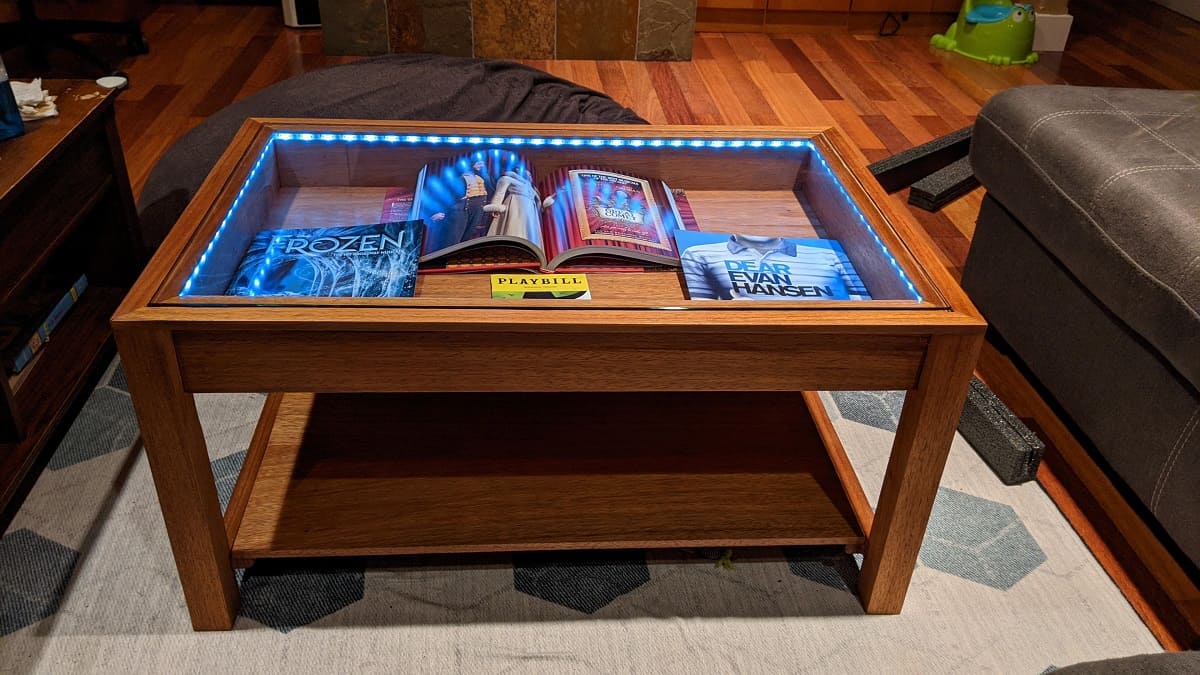
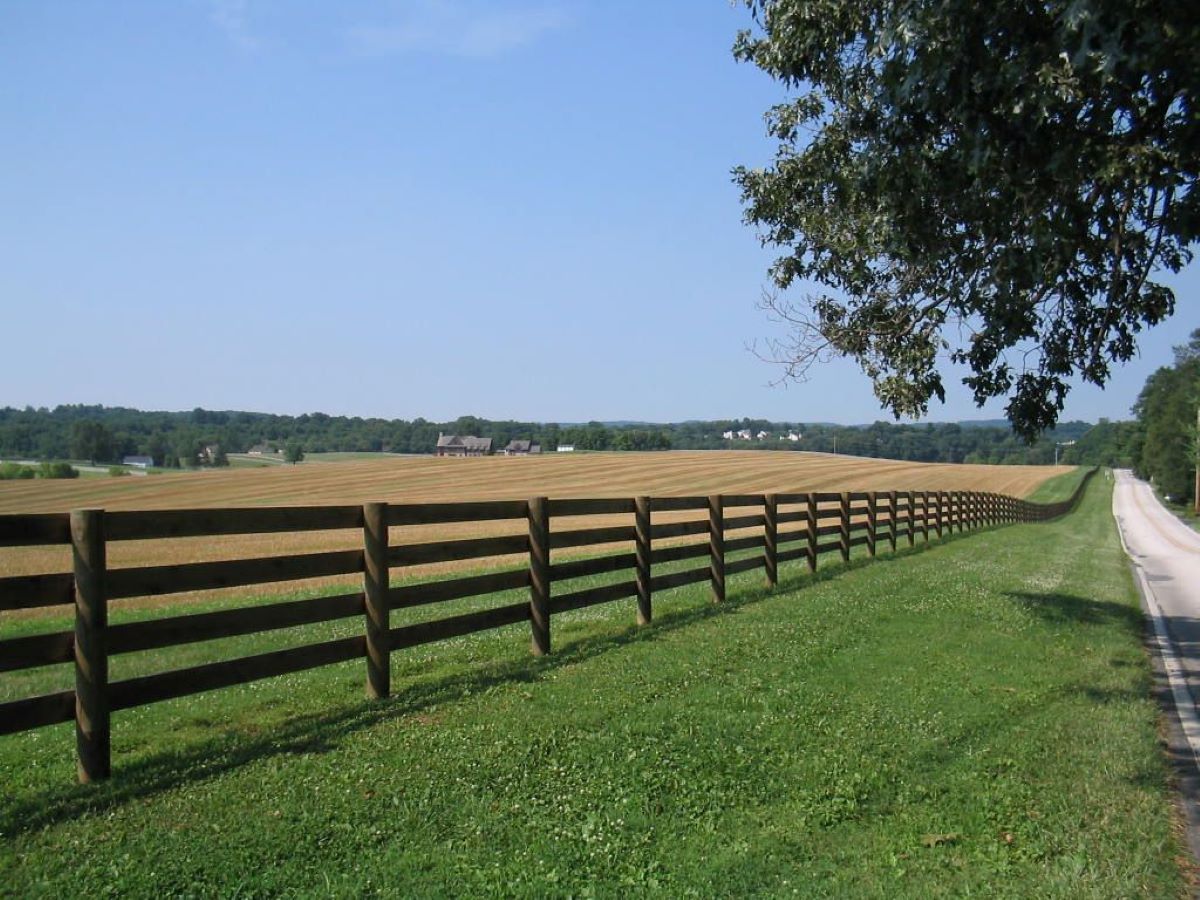
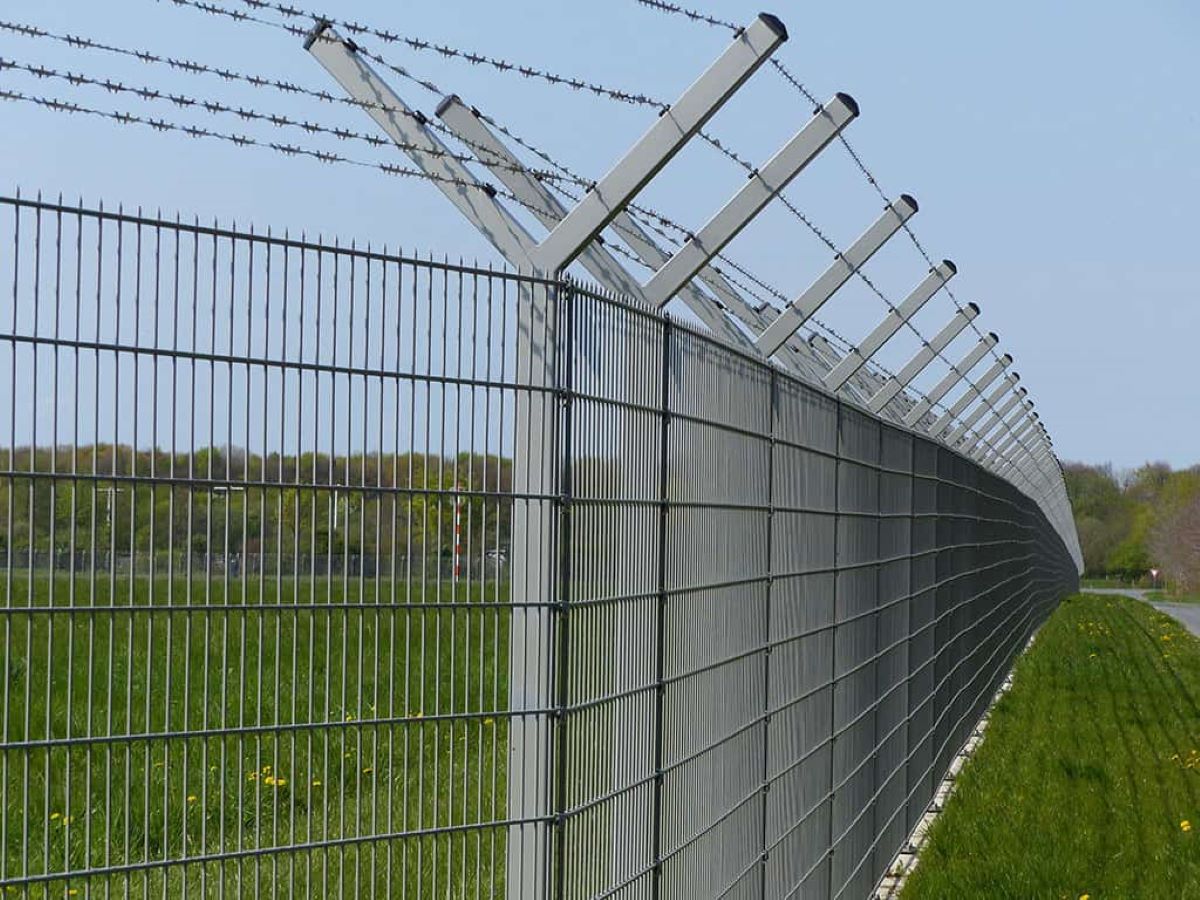
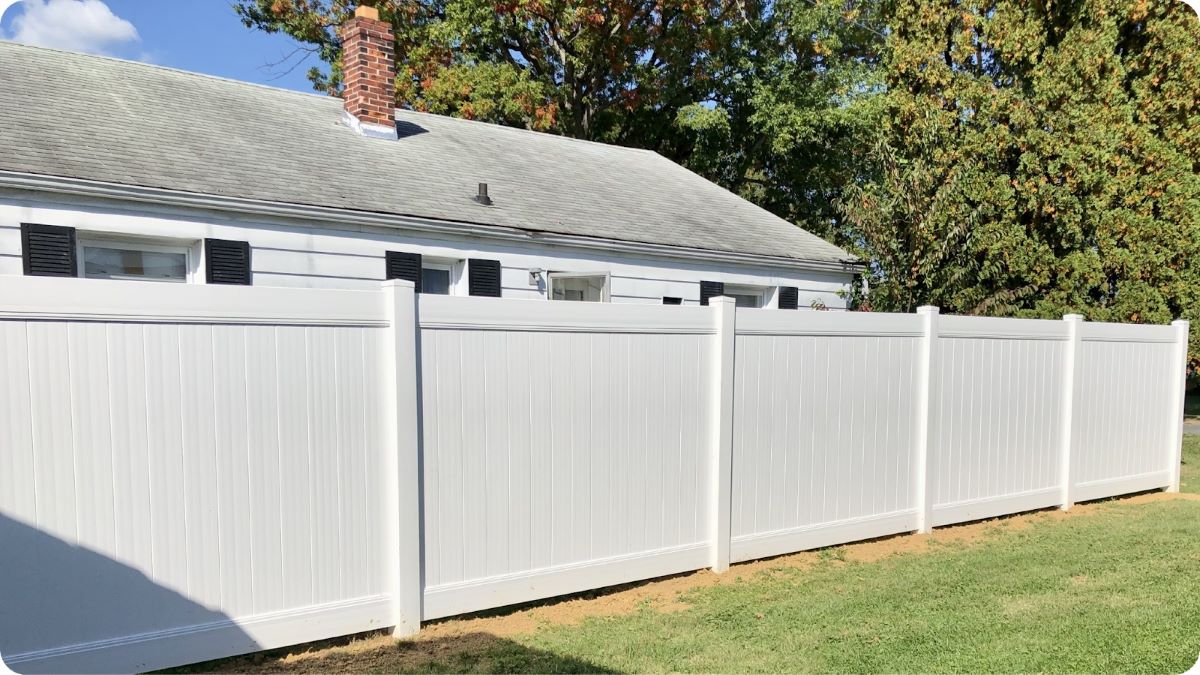
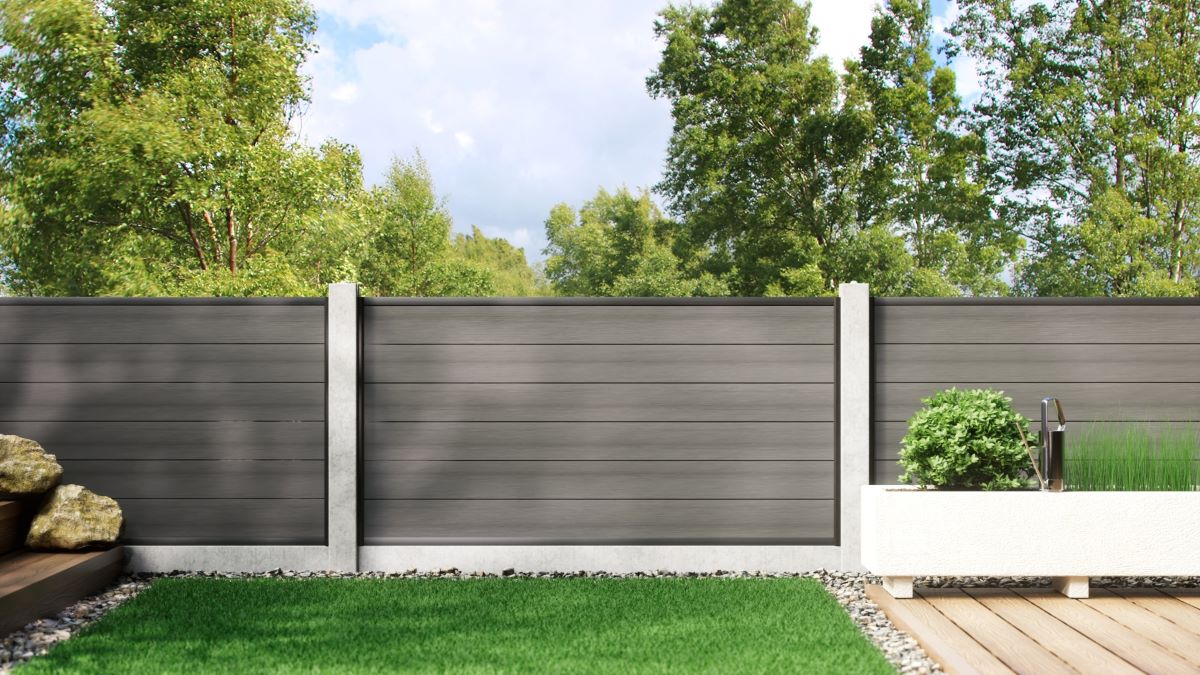
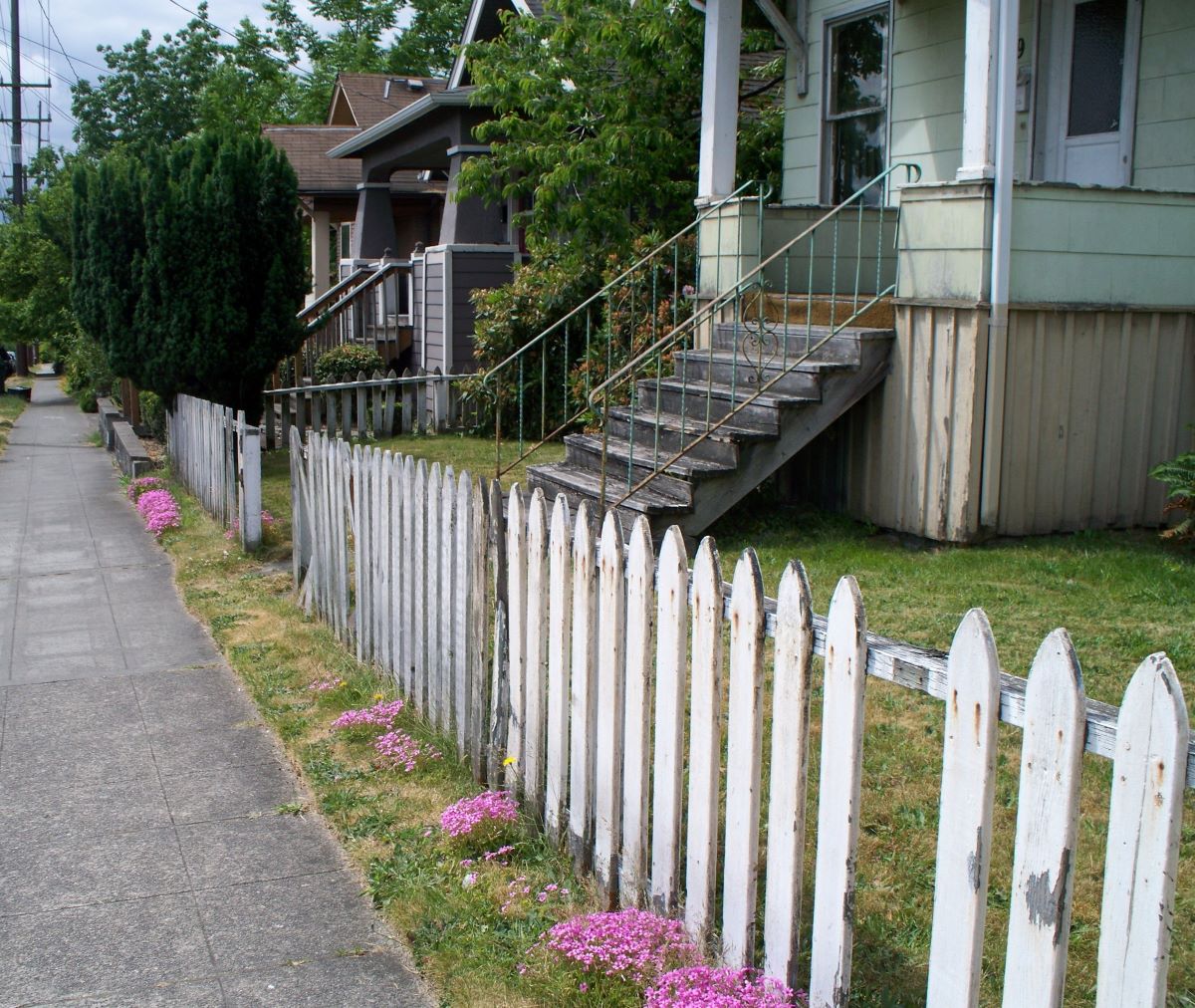
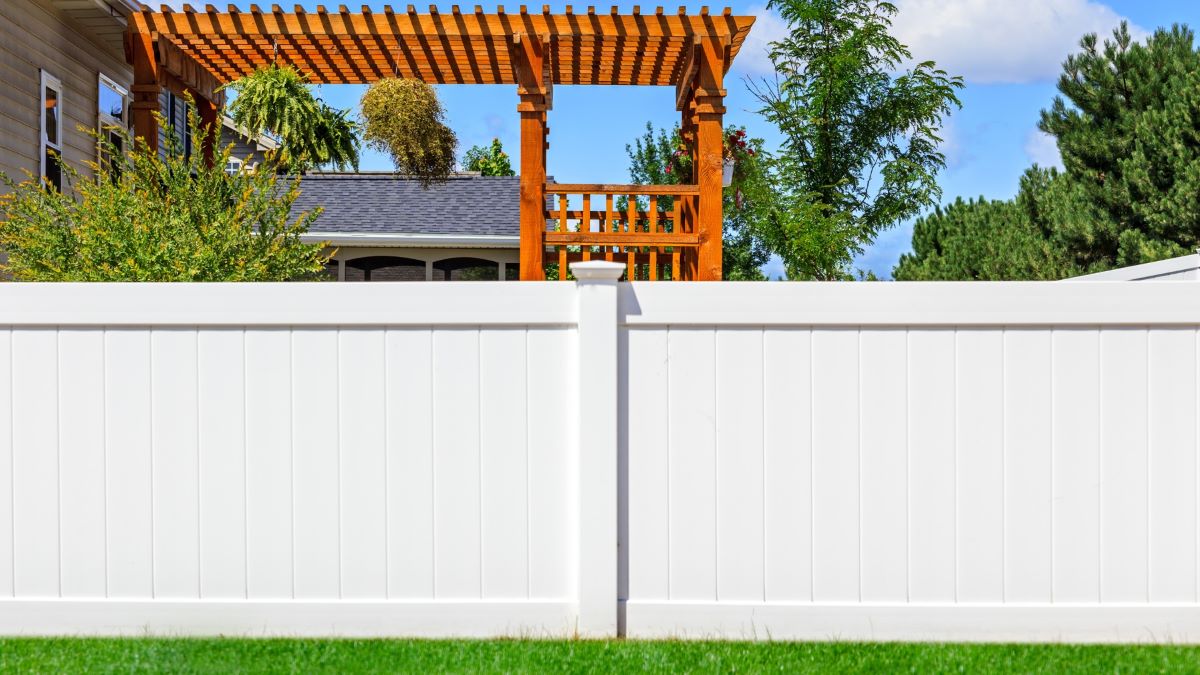
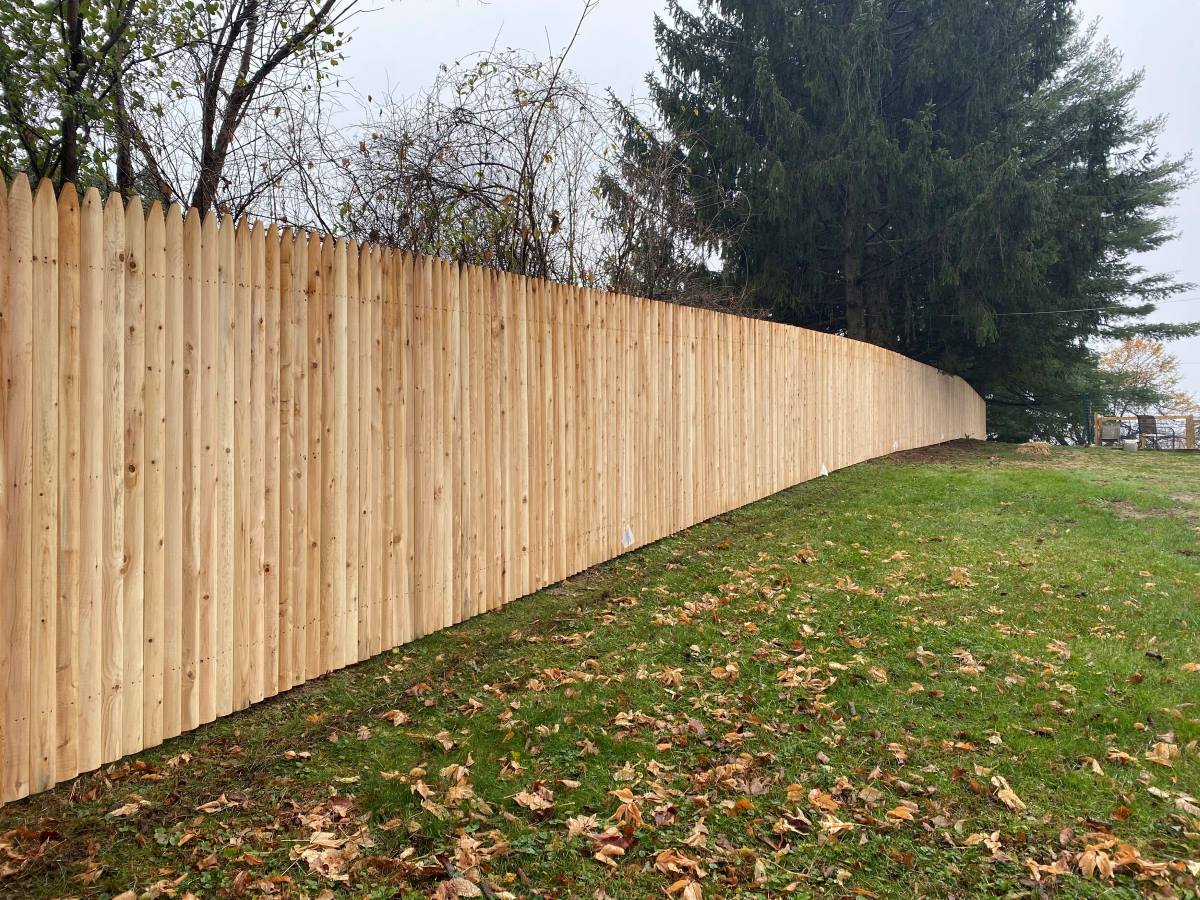
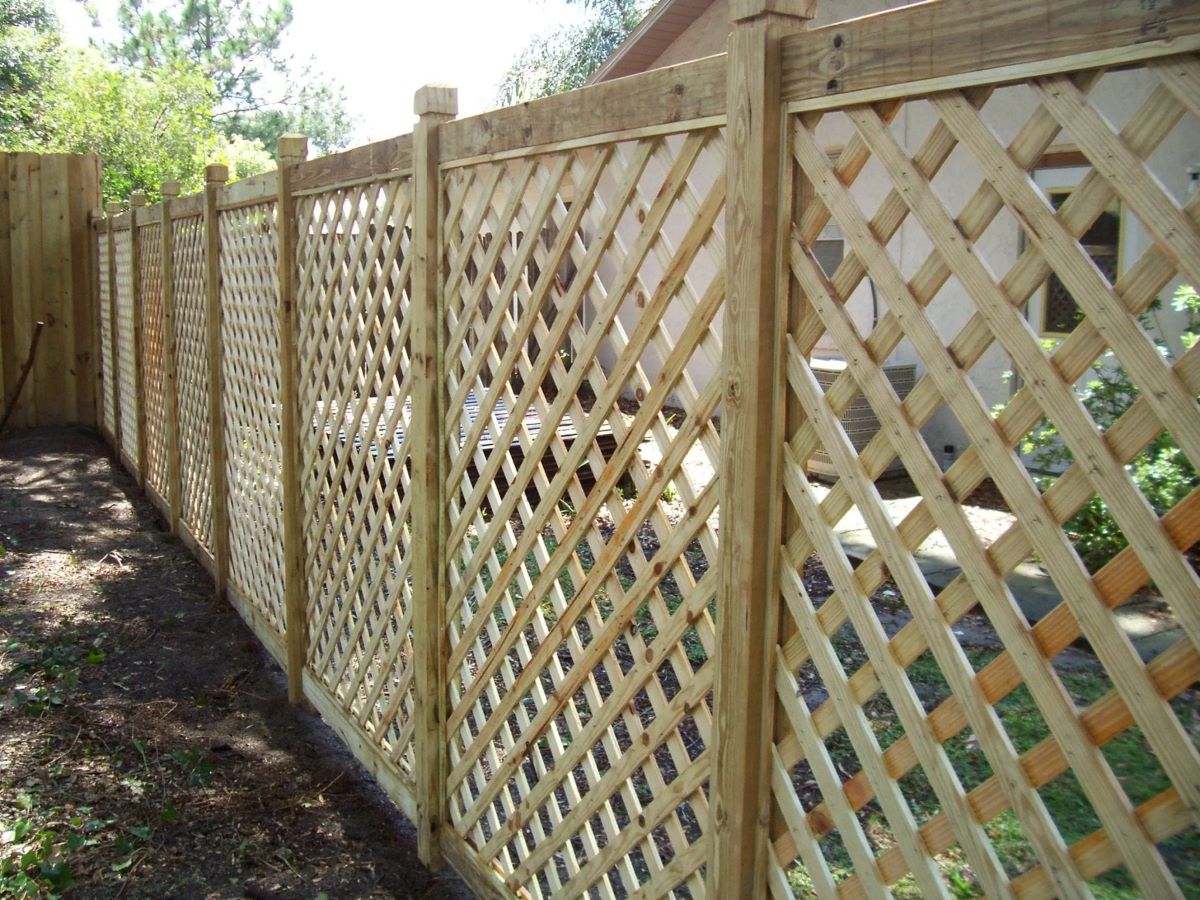
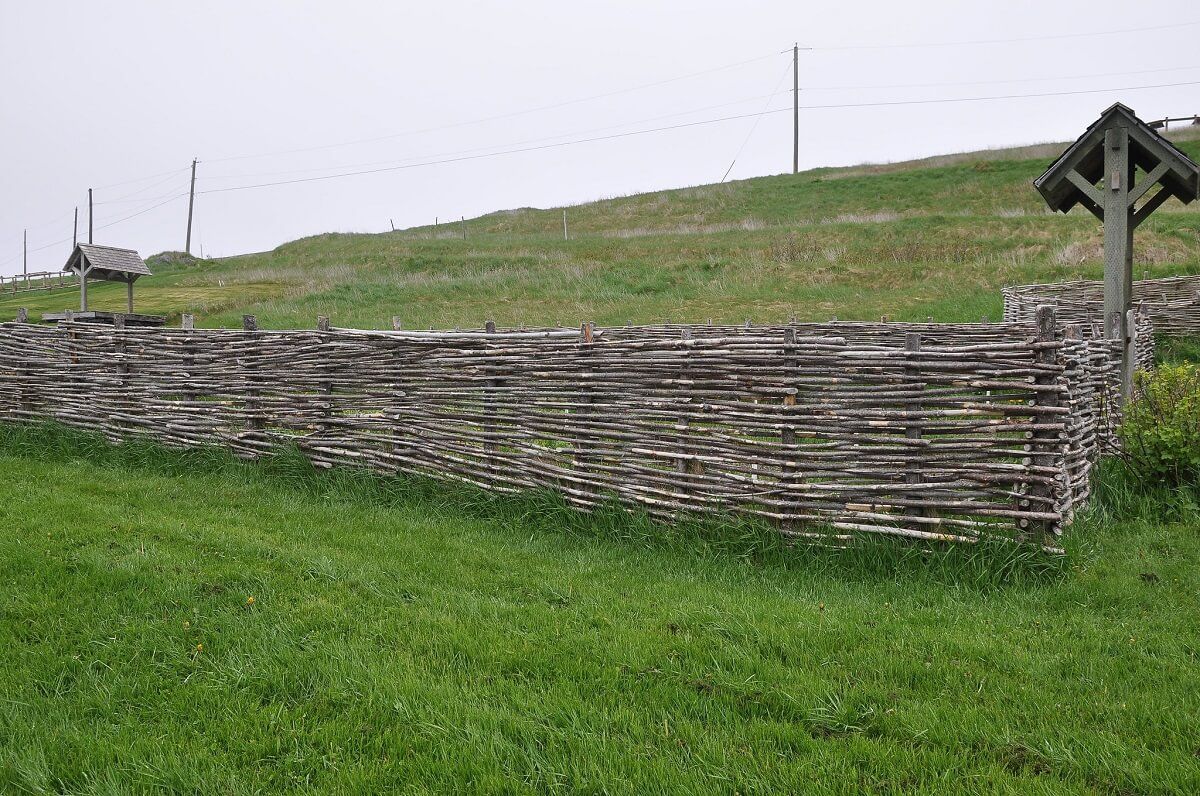
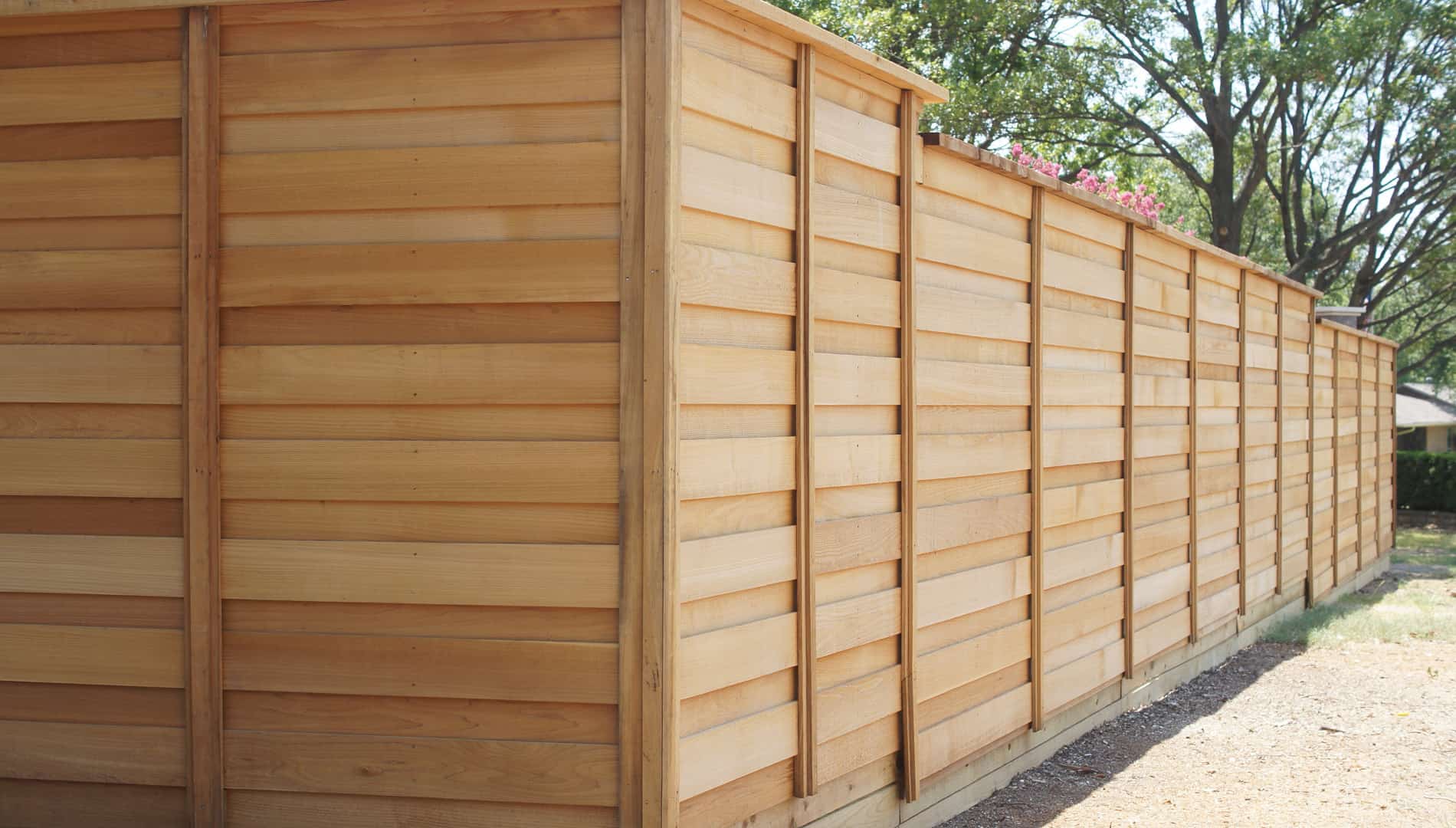
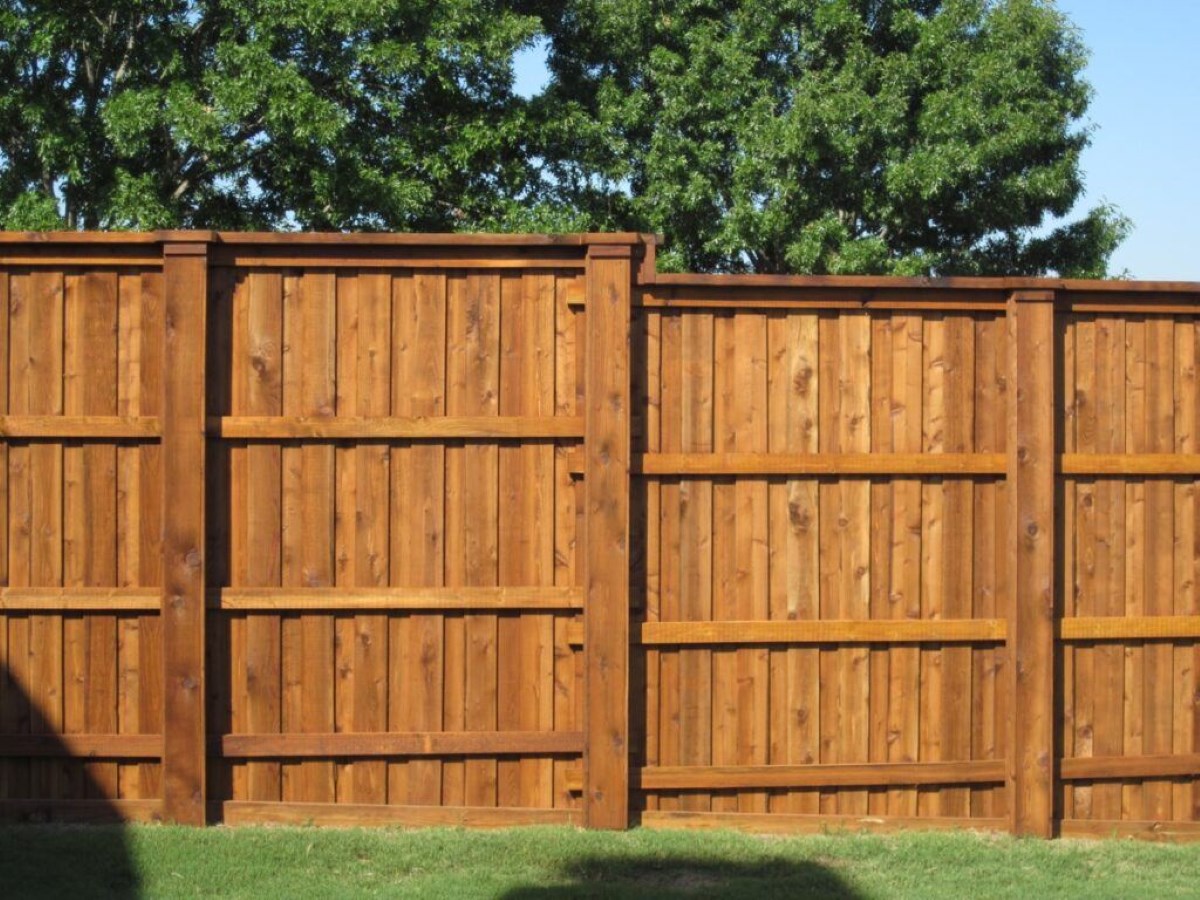
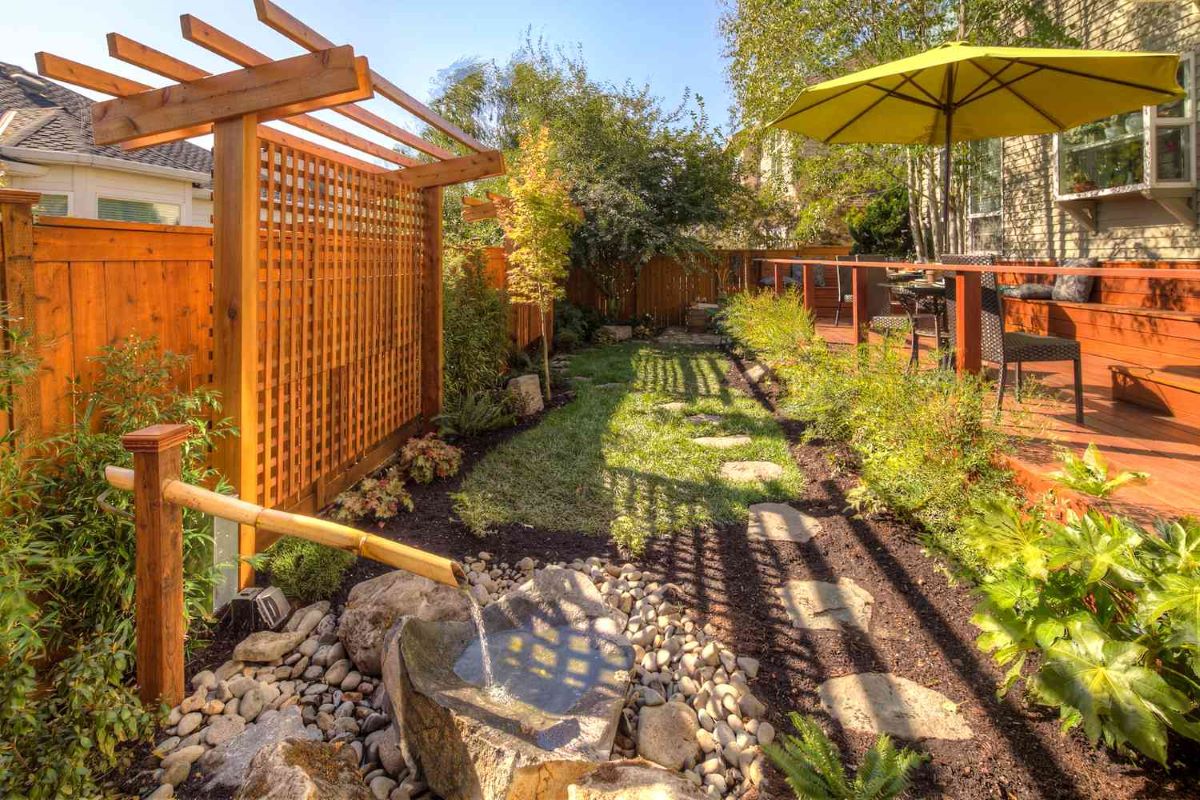
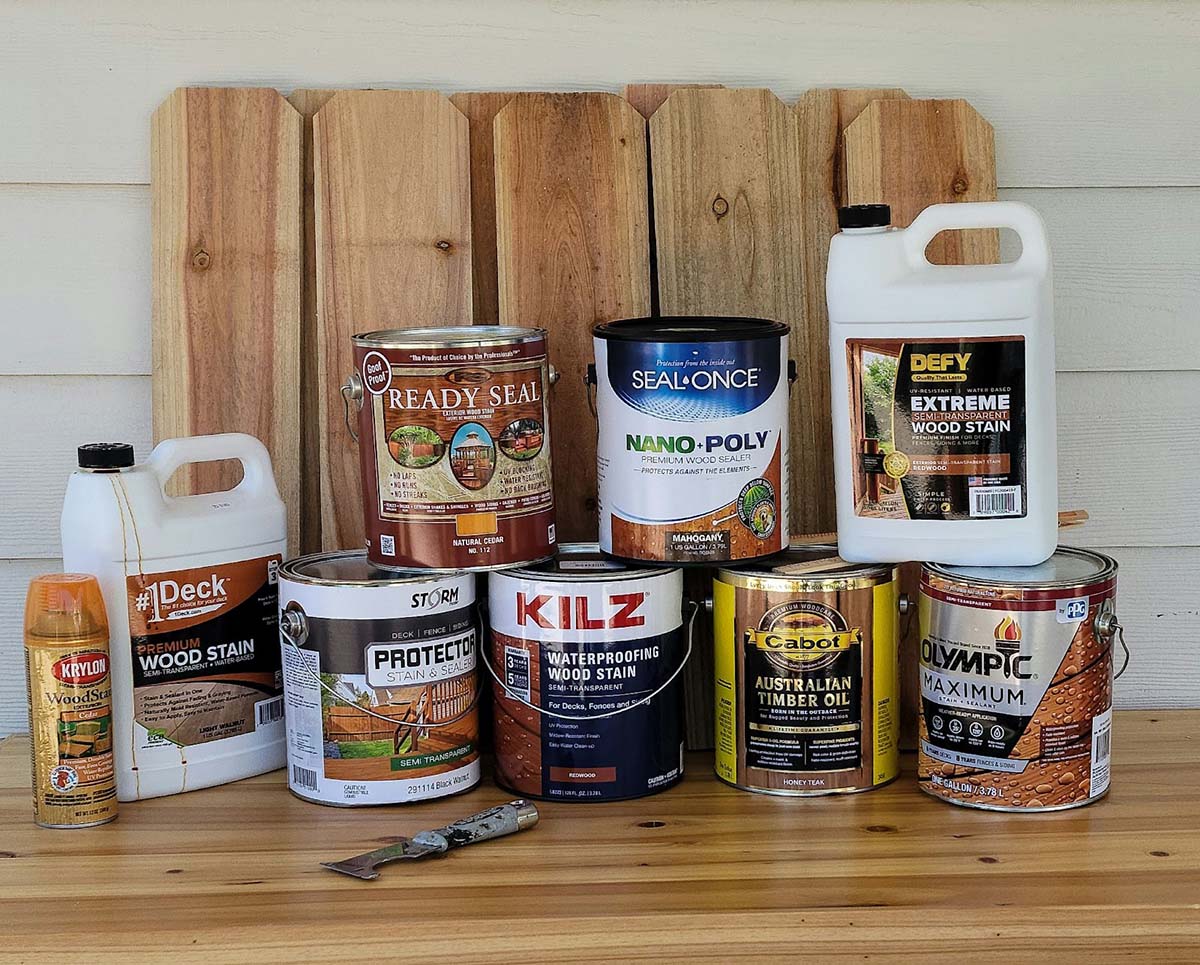

0 thoughts on “What Is Shadow Box Fence”